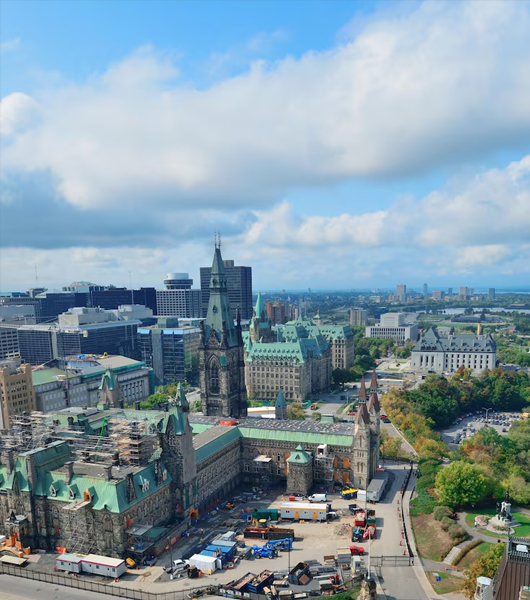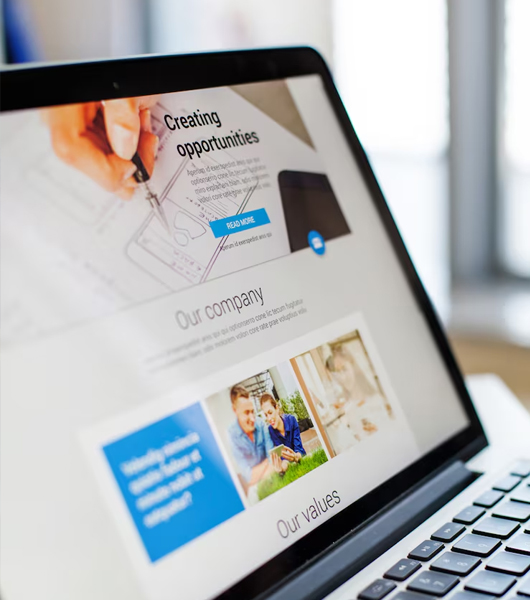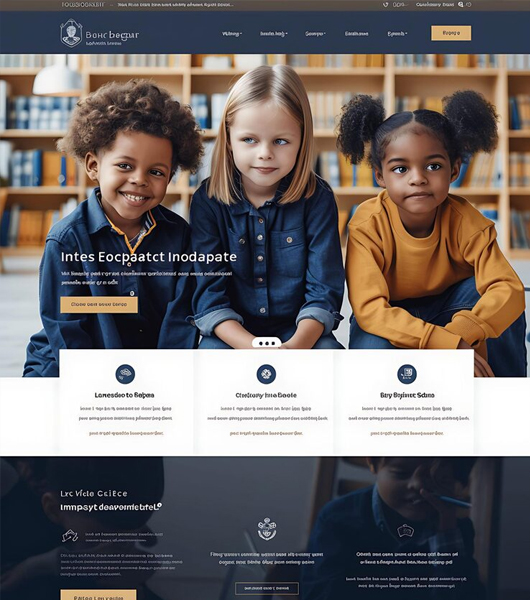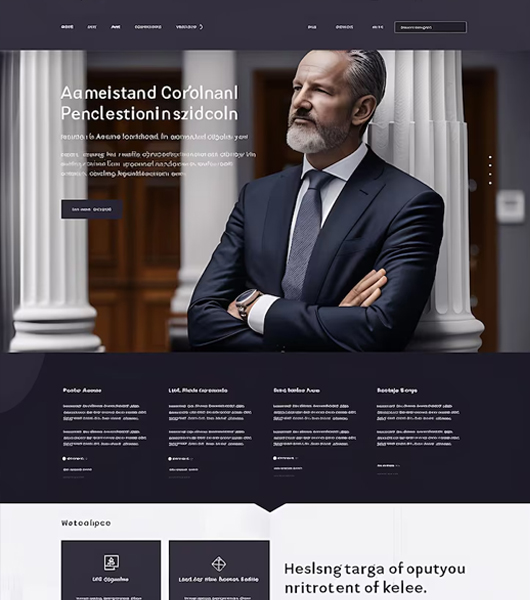Your trusted guide to Canada’s official portals
Settling into Canada means filling out a lot of forms — from getting your Social Insurance Number (SIN) to applying for health coverage, registering for taxes, and enrolling your kids in school. It can feel overwhelming, but don’t worry — you don’t have to figure it out alone.
This page explains the most important government forms and websites you’ll need as a newcomer, how to use them, and what documents to have ready. Think of it as your roadmap through Canada’s official systems.







